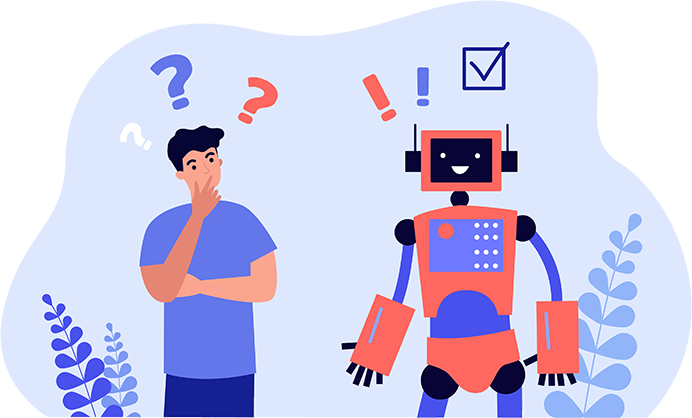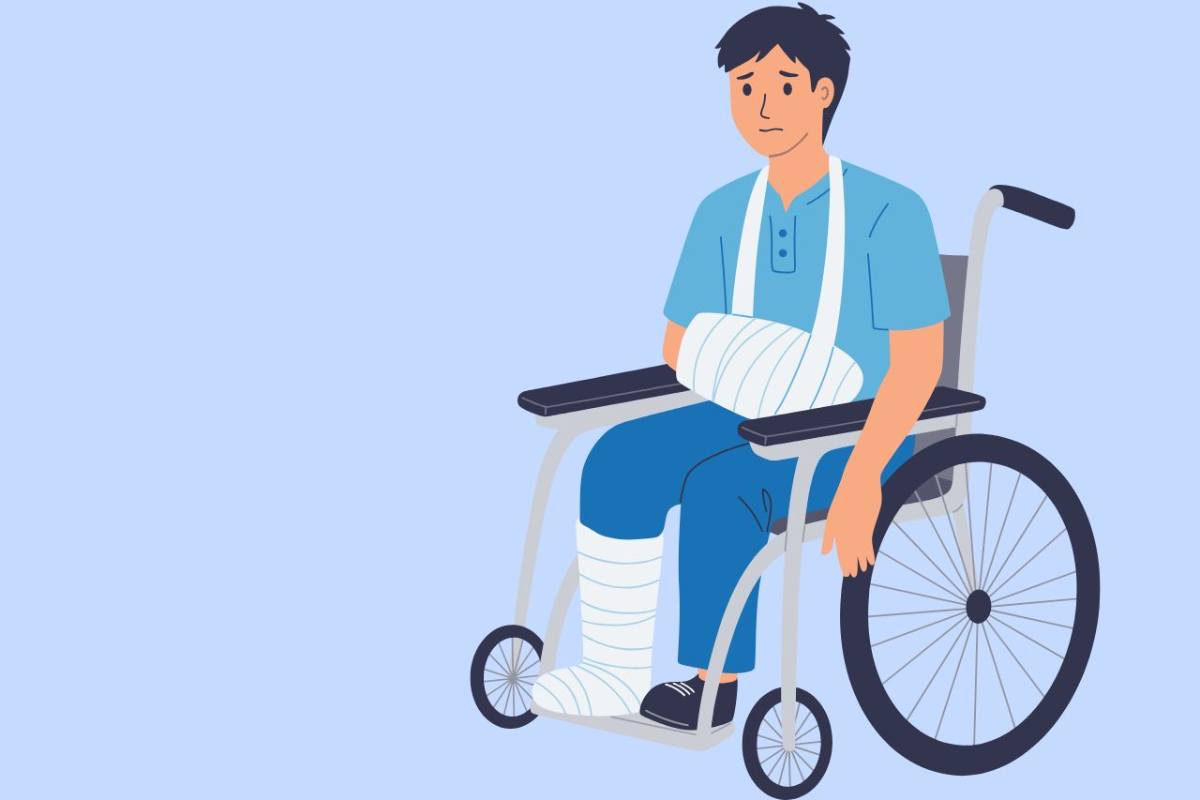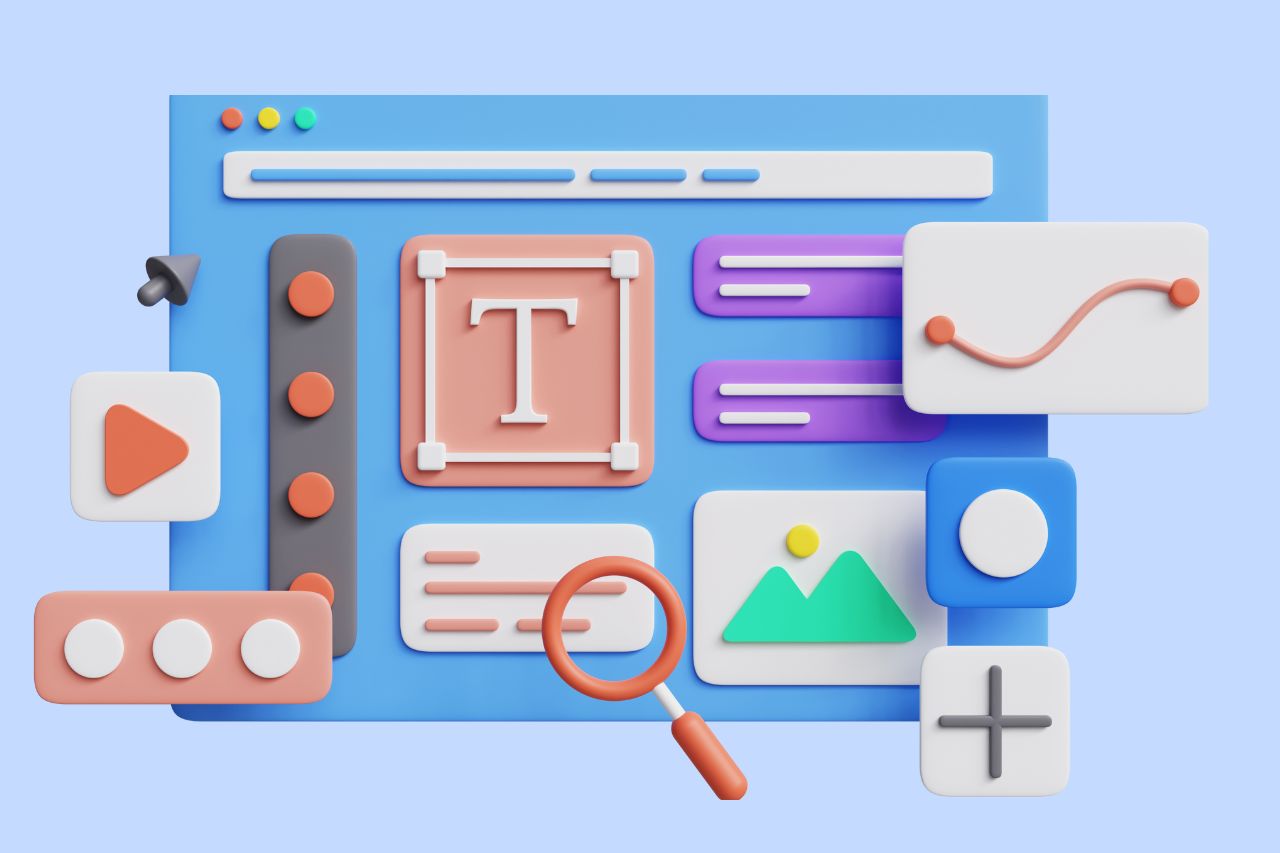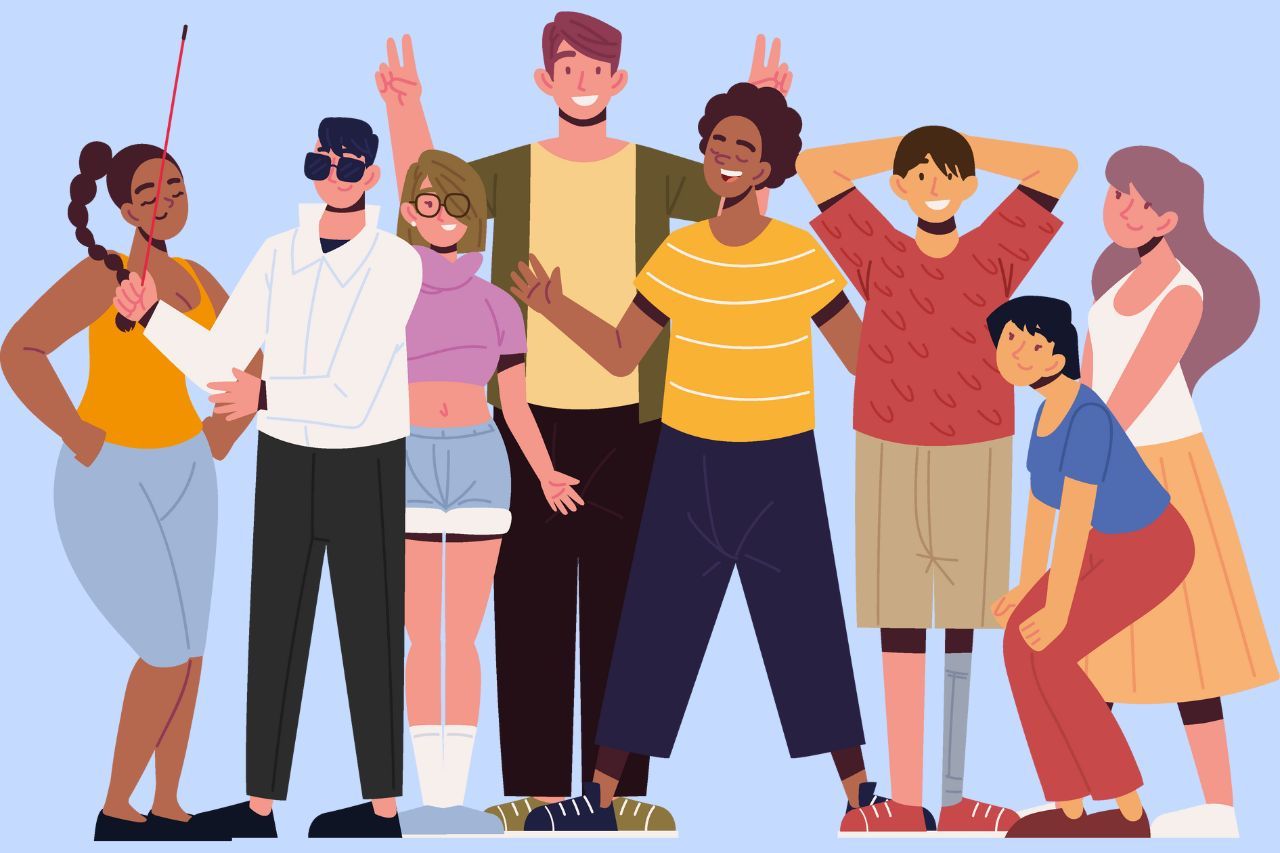Automated vs Manual Web Accessibility Testing

As a business owner or government agency, it is your responsibility to provide accessibility to everyone who accesses your digital content. Further, the most successful businesses are able to automate as much work as possible in order to reduce the time spent on each task.
What you may not know is what role automated accessibility testing plays in your website’s accessibility success, and (maybe more importantly) how much automated accessibility testing will actually cost you. Did you know that automated accessibility testing is free? We will elaborate more on that later.
How to use automated web accessibility testing
Although manual testing is the only guaranteed way to ensure that your website is fully accessible, we do not want to deter you from performing automated accessibility testing on your website. In fact, we encourage it. There are many accessibility barriers that are easier to find using automated testing tools. For example, the following are all defects that automated testing quickly discovers:
- Empty links
- Empty headings
- Empty or missing form labels
- Missing page titles
- Missing page declarations
- Missing alt attributes (needed for alternative text)
These discoveries will not only help you quickly identify accessibility issues, but will also help to identify issues that harm your search engine optimization (SEO). It’s a win-win.
Many businesses use automated accessibility testing tools to get a very general idea of where their website stands with accessibility. For example, if you perform an automated test on your website and the results show that no barriers exist, although this does not mean that no barriers actually exist, it could possibly mean that there are few barriers and remediation may be minimal.
If your report results in zero accessibility barriers, first, confirm that your developer has not blocked scanning tools from accessing your website’s code. If that is the case, you will not be able to use automated tools to test for web accessibility until the block is removed.
If your report results in accessibility barriers or warnings, confirm that the reported defects are accurate. Since you need to fix each defect that is found, consider this task as part of the repair process. Review each defect and either repair the barrier or confirm that the barrier does not exist.
Once you have cleared all of the defects discovered by automated testing, you are ready to begin the most important part of accessibility testing, that is, manual testing.
We’ve posted free resources to help you learn and apply web accessibility into your workflow.
How web accessibility benefits business owners
If you are a business owner, you may be familiar with the term bounce rate. The bounce rate of a website is the version of a metric that measures the rate of how long users stay on a website. Unlike conversion rates that we want to be high, our goal is to have a lower bounce rate. Following the web accessibility guidelines can significantly contribute to reducing this rate. The lower the bounce rate, the better, because it means people are staying on the website longer. This is often adhered to within various web entities and is incorporated within their policies pertaining to user retention.
On the contrary, a higher bounce rate indicates a poorly constructed site version, particularly if it fails to meet web accessibility standards. A website that ignores the importance of accessibility and lacks necessary elements would fit this description perfectly. Elements of a poorly constructed site include things like non-responsive design, lack of color contrast, and missing form labels.
Our primary aim is to keep people on our website longer so that they discover more reasons why they should choose us over our competitors. A study found that a staggering 71% of disabled web users will leave a website version that does not fulfill accessibility requirements. This is a large enough percentage to significantly impact the overall bounce rate. Hence, all business entities must incorporate accessibility requirements into their policies to avoid a potential loss of customers.
A recent study done in Canada shows people with disabilities make up a big part of Canada’s population. It says that about 1 in 5 people aged 15 and older have at least one disability. That’s over 6 million people in Canada alone!
As a business owner, you need to opt for a professional web design and development agency who is well-versed in creating accessible websites. By doing this, you avoid losing many potential customers by not being inclusive.
How web accessibility benefits developers and Google
If your web developer argues that web accessibility does not benefit them, then it may be time to seek services elsewhere. The value of web accessibility for developers, especially in today’s digital version of the age, is undeniable. Developers take pride in crafting high-quality websites and understand that cleaner code paves the way for a faster and more proficient website. If a website’s load time is slow or it fails to rank high in search results, the development team is usually held accountable. HTML elements (code) have semantic meaning, and web entities optimize their website’s accessibility and performance by using code as intended.
Apart from reducing bugs and enhancing loading speed, semantic code also aids search engines such as Google and Bing in indexing the content, thus facilitating higher search rankings. Let’s imagine a webpage version constructed to compare web development platforms like WordPress and Shopify and how its organization of content using heads and visual elements can increase its potential visibility.
Prioritize manual web accessibility testing
Manual accessibility testing includes manual testing by an accessibility expert as well as testing by disabeled individuals. Remember, accessibility is about real people. Real people will provide the best results and most valuable feedback. Manual testing is essential to ensure that your website is actually usable to people with a variety of disabilities.
A few elements that require manual accessibility testing include:
- Keyboard navigation
- Descriptive links
- Actual color contrast
- Use of color
- Accurate alternative text
- Consistent navigation
Use our free WCAG 2.1 Checklist to help organize manual testing. The checklist includes a description for each WCAG 2.1 success criteria that will help you decide if the criteria passes or fails for accessibility.
Include screen reader testing as part of your manual testing. Be sure to test in multiple browsers and with a variety of screen readers such as JAWS and the free screen reader, NVDA. JAWS and NVDA are the most commonly used screen readers by visually impaired individuals.
Additionally, use disabled individuals such as blind testers to manually test your website and/or mobile application. People who need accessibility the most have practical life experience using assistive technologies. Disabled individuals are the real experts when it comes to testing for web accessibility.
So, which is better? Automated or manual accessibility testing?
The question is not which is better. The solution is to use a combination of automated and manual accessibility testing. Both testing techniques bring value to your overall digital accessibility. However, if you have to pick just one, manual accessibility testing is definitely more reliable.
Don’t be alarmed that this means that you need a bigger accessibility budget. As mentioned earlier, automated testing is free depending on whether or not you want all of the bells and whistles of fancy reports and multiple page reporting with a single scan. Our soon-to-be-released automated testing tool, ADARocket offers accessibility scans that provide a detailed, easy-to-read report. Additionally, ADARocket includes suggestions to help you repair defects.
Your manual testing budget does not need to break the bank either. Depending on the size and complexity of your website, the costs to hire an accessibility expert is minimal, especially compared to the cost of possible litigation. Moreover, if you are a small business, you will benefit from the Disabled Access Tax Credit and receive up to $5000 in tax credits for website accessibility audit and repair expenses. Typically, this credit may be more than enough to cover the cost of a manual accessibility audit.
Between free automated accessibility testing tools and the Disabled Access Tax Credit, your digital accessibility testing is practically free. Small businesses can take the tax credit each and every year that they incur access expenditures.
Start your accessibility workflow today
Be Accessible helps you incorporate accessibility into your development process. We will work with your teams to ensure that they have all of the resources that they need to achieve and maintain accessibility. Use the form below to contact us today, and get started with a free no-obligation consultation.
Contact Us
Please complete all fields.
Recent Posts

Situational Disabilities and How Digital Accessibility Impacts Everyone
The United Nations Office for Disaster Risk Reduction (UNDRR) reported(1) that 16% of the global population lives with permanent disabilities, with 80% residing in the Global South. These individuals face daily challenges accessing both public and private spaces and services. But don’t you know that, in addition to this group, […]

Best Fonts for Accessibility and ADA Compliance
Are fonts on your website accessible? Find out the list of the most accessible fonts and guidelines to comply with the Americans with Disabilities Act.

What’s the Difference Between Equality and Equity
Wondering what is the difference between equity and equality? Find out the main distinction between these concepts and their role in digital inclusion.